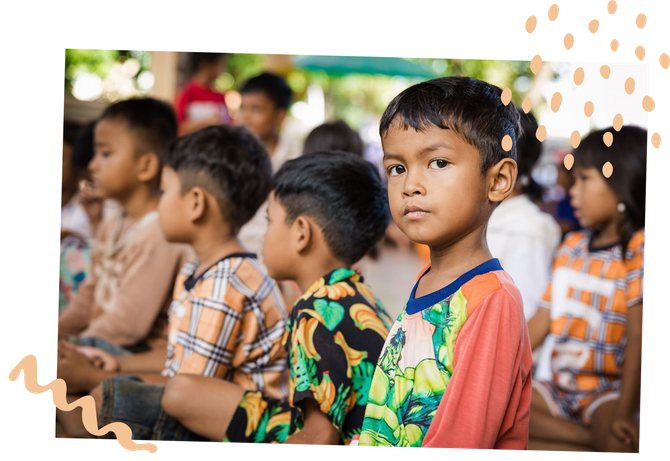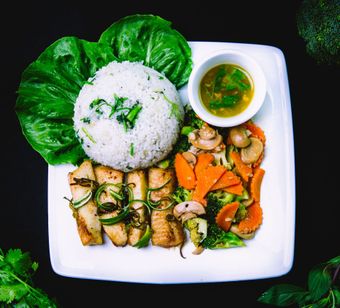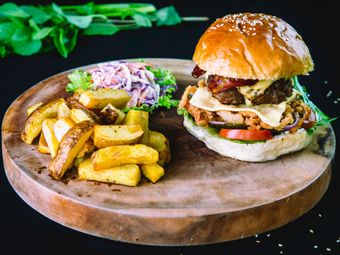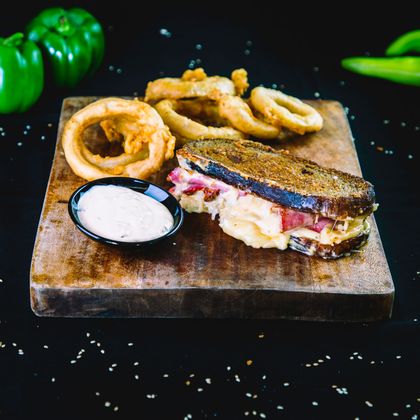Amazing
it's not about profit, but people
Common Grounds Café
Since 2008 Common Grounds has been the go to place in Siem Reap for incredible western standard food and drinks in a comfortable and relaxed setting.


Come Say Hello
We are a cafe with a cause - training Cambodians to work in the food and beverage industry and using 100% of our profits to fund Cambodian Humanitarian Relief.
8:00 am - 9:00 pm

Our Menu
Whether you are craving food that tastes like home, or want to experience authentic Cambodian cuisine, we have incredible options that are sure to please every palate!
Our Values
Value 1
Provide on the job vocational training to poor Cambodians.
Value 2
Use 100% of our profit to fund humanitarian and development work in Cambodia.
Value 3
Love and serve our customers and local community.

Our Mission
Common Grounds mission is to provide on the job vocational training to Cambodians that desire to develop their skills and gain experience to work in the food and beverage industry. We also use 100% of our profit to fund humanitarian relief projects through People For Care And Learning in Cambodia.
what others are saying
"Extremely friendly staff, excellent prices, great serving sizes (huge!) and wonderfully prepared food."
Ryan M.




Come Say Hello
Come See Us
Mon - Sat: 7am - 8pm
Sun: Closed







